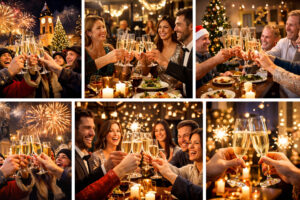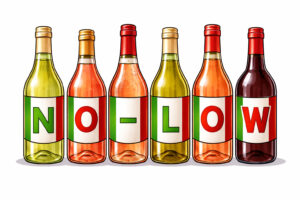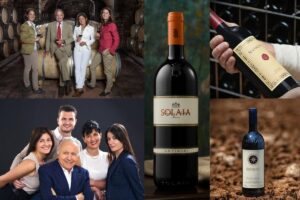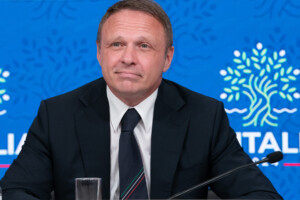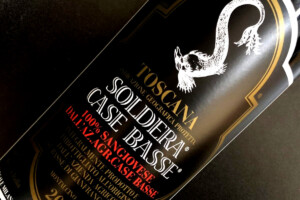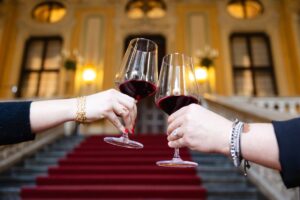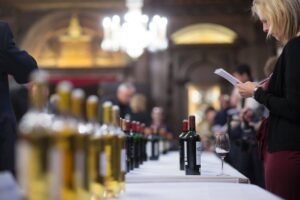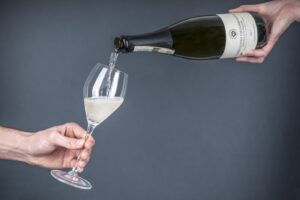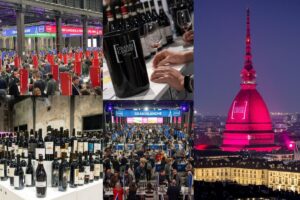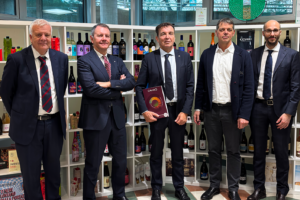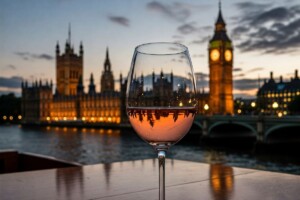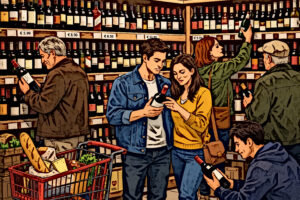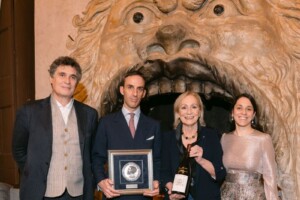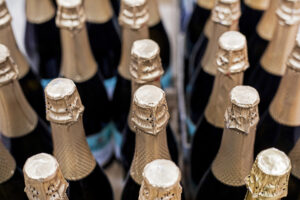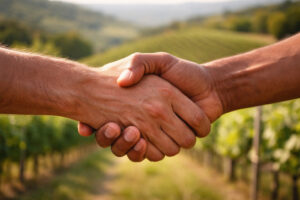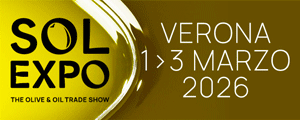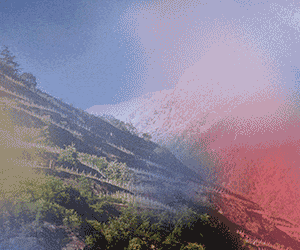Lately, the climate has sent out undeniable signs of change, which have had evident effects on the main characteristics of many of the most important wines in the world. The debate is on and represents one of the key themes regarding the future of viticulture. But, if we take a closer look at the history of viticulture and wine making, climate wrote a significant chapter that “changed the direction” of some of the most famous wines in the world. This is the case of Champagne, as Professor Attilio Scienza, Professor of viticulture at the University of Milan, explains its fascinating history, and what we are accustomed to drinking is perhaps mostly because of the climatic changes that marked its history from the beginning. In the Champagne region, until the end of the seventeenth century, mediocre red still wines were produced from Pinot Noir grapes. Europe was going through the last and most severe phase of the so-called “little ice age”, which lasted nearly two centuries.
“The biggest freeze on record occurred in 1709,” Science explains, “and brought catastrophic consequences for viticulture all over Europe and consequently also to the region of Champagne, which is situated in the northern most area where vines can grow. The region suffered the extremely negative effects of the climate and had to find a solution. Champagne, then, thanks to improved pressing techniques began producing white wines from red grapes (“blanchiment”)”.
In 1694, the term “mousseux” (sparkling) was officially introduced into the dictionary of the Academy of France and in 1728 a Royal Decree of the Court of Versailles authorized the sale of wine in bottles (without this decree Champagne would never have become famous). In 1735, the French painter François de Troy painted the picture “Le Djeuner de Huitres” (lunch of oysters), which depicted, for the first time, a cork flying in the air, and some bottles of Champagne alongside the oysters, anticipating one of the most classic wine & food couplings. In 1759, and here the story fades into legend, at the court of Louis XV the cup for Champagne was modeled on the breasts of Madame de Pompadour, which today would be suited to tasting sweet wines such as Asti sparkling wine. Actually, at that time, Champagne was a sweet wine, so sweet that it was often drunk at the end of meals. However, along with effects of the climate, another factor was paramount in producing the most famous wine in the world: the role of England, which is almost a historical joke, considering the tumultuous relationship between France and the United Kingdom.
“Without England there would be no champagne,” continues Professor Scienza, “not only because the U.K. was, together with Holland, the leading country for trade in sweet wines, and the only country capable of competing with the Venetian sweet wine merchants from the Mediterranean, but also because in England, in 1662, Dr. Merrett first proposed to the Royal Society the method of second fermentation in the bottle with the addition of sugar. And, it was right in the middle of the Cromwellian Revolution, too: the French were forced to return home and began producing a wine made with second fermentation in the bottle near Paris”. But was it only the climate that made the Champagne region produce white wine? “The climate had an important role on production methods of Champagne,” adds Scienza.
“Between the end of the seventeenth through the eighteenth century, climatic conditions were not right to produce a still dry wine in Champagne. New varieties of white grapes came to Champagne, because red grapes would never have produced decent wines: Gouais, the vine that gave birth to Chardonnay and Chardonnay itself. But to make wine suited to the tastes of the times which favored sweetness, it was necessary to dose the wine; in other words, to add sugar. That is how the practice of “dosage” began, which then became a hallmark of Champagne. However, since the second half of the nineteenth century, everyone agreed that the improvement in climate rendered more favorable vintages, so “dosage” was no longer needed. And today, we are once again approaching that condition, thanks to another climate change where average temperatures are rising in Champagne, and zero dosage will triumph”.
Copyright © 2000/2026
Contatti: info@winenews.it
Seguici anche su Twitter: @WineNewsIt
Seguici anche su Facebook: @winenewsit
Questo articolo è tratto dall'archivio di WineNews - Tutti i diritti riservati - Copyright © 2000/2026










